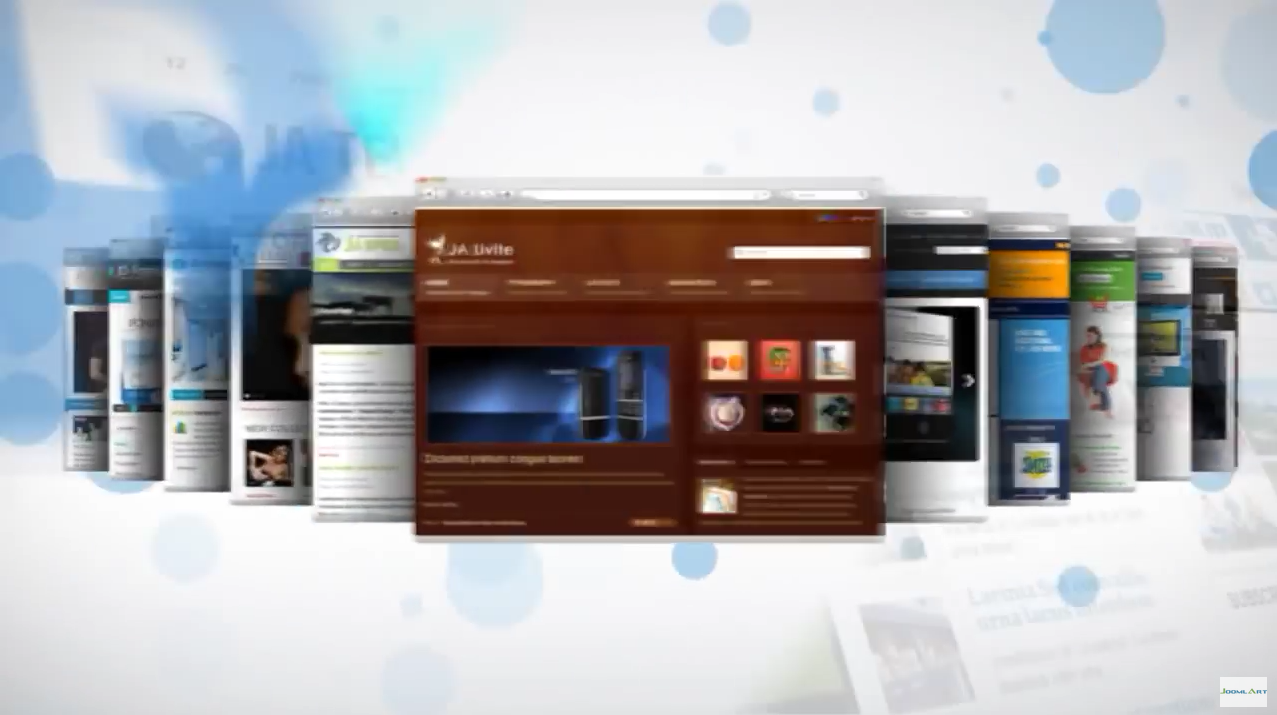Microsoft is scheduled to launch Office 2016 for Windows desktop in just a few weeks — the first new desktop version since the launch of Office 2013 two and a half years ago.
With Office 2016, Microsoft has backed off a bit from the ultra-flat design of Office 2013. Like many others, I found it harder to find items on the ribbon than with its earlier, more-textured interface. Microsoft Office 2016 doesn’t bring back a 3D look, but it does use a little more color-coding to make the ribbon easier on the eye and a little more user-friendly. The default theme is now Colorful, but can easily be switched back, of course. The new version of the suite also adds support for 250% and 300% zoom settings for high-PPI screens.
Word, Excel, and PowerPoint get an additional interface feature in the form of a “Tell me what you want to do…” field on the menu bar. It allows you to type all or part of a command and then click from a list of matches. While a nice addition for infrequently used commands, it is unlikely to please users who dislike the ribbon interface and want the old-style menus back. I found it a lot quicker than clicking through the various ribbons, almost acting as a mini help system in addition to a command box.
Unfortunately for OneNote users, you’ll notice that the toolbar for the 2016 version is identical to the 2013 version other than color. There don’t appear to be any new features in OneNote 2016 at all, which is a real shame. Even some of the most annoying glitches — like sub-sections expanding whenever you add a page to them — are preserved instead of being addressed. Send to OneNote also appears to be missing, which would be fine if Office included a version of Microsoft’s excellent new Snip tool that integrated with OneNote — but it doesn’t. Presumably part of the reason for this is the effort the OneNote team has put into OneNote for Android, iOS, and Windows 10. It’s great that they’ve made the application cross-platform, but a shame that it has come at the expense of improvements in the full-featured desktop version.
If you don’t follow Office development closely, you might not even know that Backstage is the name Microsoft has given the File handling and Options functions in Office. Microsoft has responded to user requests for improved usability by making the Browse button more visible in Save As and in Open, and rearranging the order of storage locations to be more intuitive. Users can also do real time collaborative editing in Word on their documents stored on OneDrive for Business or Office 365 SharePoint sites. Outlook users can have attachments quickly uploaded to the cloud for easier sharing.
One application that does get some attention is Outlook. The 2016 version has a nice new feature that shows recently-used files when you go to add an attachment. Clutter, which debuted with Office 365, is also added to Outlook 2016. It uses machine learning to automatically sort your incoming email by pushing lower-priority items into a separate folder. Unfortunately, it is still server-based, so you need to enable it using the Web version of Outlook and make sure any inboxes you want to filter are available to it.





















